Description
Silica Gel: Tiny Packets, Mighty Power – Unveiling the Secrets of this Versatile Desiccant
We’ve all seen them: those small, often translucent beads tucked into packets labeled with a stern “DO NOT EAT” warning. These unassuming packs of silica gel are ubiquitous, found in everything from shoe boxes and electronics packaging to pill bottles and leather goods. But what exactly is silica gel, and why is it so important in keeping our belongings safe and dry?
Silica gel is a granular, amorphous form of silicon dioxide (SiO2), a compound found naturally in quartz and sand. Essentially, it’s a synthesized version designed with incredibly high porosity, meaning it has a vast internal surface area. This is the secret to its powerful desiccant properties. Think of it like a microscopic sponge, but instead of absorbing water via capillary action, it adsorbs it through a process called adsorption.
The Science of Dryness: Adsorption vs. Absorption
It’s crucial to understand the difference between adsorption and absorption. Absorption is when a substance is taken inside another, like a sponge soaking up water. Adsorption, on the other hand, is a surface phenomenon where molecules of a substance (in this case, water) adhere to the surface of another (the silica gel beads). The countless microscopic pores in silica gel provide a massive surface area for water molecules to cling to, effectively pulling them out of the surrounding environment.
Why is Silica Gel So Important?
The power of silica gel lies in its ability to combat humidity, a silent enemy that can wreak havoc on a wide range of items. Here’s a glimpse into its diverse applications:
- Protecting Electronics: Moisture can cause corrosion and short circuits in electronic devices. Silica gel packs safeguard sensitive components during shipping and storage.
- Preserving Food and Pharmaceuticals: Humidity can lead to spoilage and degradation of food and medications. Silica gel helps maintain their quality and extend their shelf life.
- Preventing Mold and Mildew: In enclosed spaces like closets, containers, and camera bags, silica gel absorbs excess moisture, preventing the growth of mold and mildew which can damage clothing, equipment, and other valuables.
- Keeping Leather Goods in Top Condition: Leather is susceptible to damage from humidity. Silica gel helps prevent cracking, mildew, and other forms of deterioration.
- Floral Preservation: Silica gel is a favorite among florists for drying flowers while preserving their color and shape.
Beyond the Packet: Different Types and Uses
While the small packets are the most common form, silica gel comes in various types and formats:
- Indicating Silica Gel: This type contains a color indicator that changes when the gel is saturated with moisture. This allows you to visually assess its effectiveness and know when it needs to be replaced or regenerated. Common indicators include cobalt chloride (turning from blue to pink) and methyl violet (turning from orange to green).
- Silica Gel Beads: These are the standard, general-purpose option found in most applications.
- Silica Gel Powder: Used in specialized applications like chromatography and as a thickening agent.
Recharging and Reusing Silica Gel:
The good news is that silica gel isn’t a disposable product. You can reactivate it by heating it in an oven (typically at a low temperature like 250°F/120°C) or microwave until the adsorbed moisture evaporates. The indicating varieties will revert to their original color, signalling reactivation. Be sure to use oven-safe containers and monitor the process to avoid overheating and potential damage.
Safety Precautions:
While silica gel is non-toxic, the “DO NOT EAT” warnings are there for a reason. It’s not digestible and can cause choking hazards, especially for small children and pets. The indicating types with cobalt chloride should be handled with extra care, as cobalt is a heavy metal.
The Understated Hero of Humidity Control
Silica gel may seem like a small and insignificant detail, but its impact on preserving the quality and longevity of countless products is undeniable. From protecting delicate electronics to extending the shelf life of food, this versatile desiccant plays a vital role in our daily lives. So, the next time you encounter a “DO NOT EAT” packet, take a moment to appreciate the power of silica gel and the science of dryness.

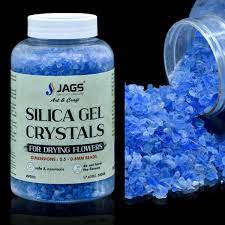
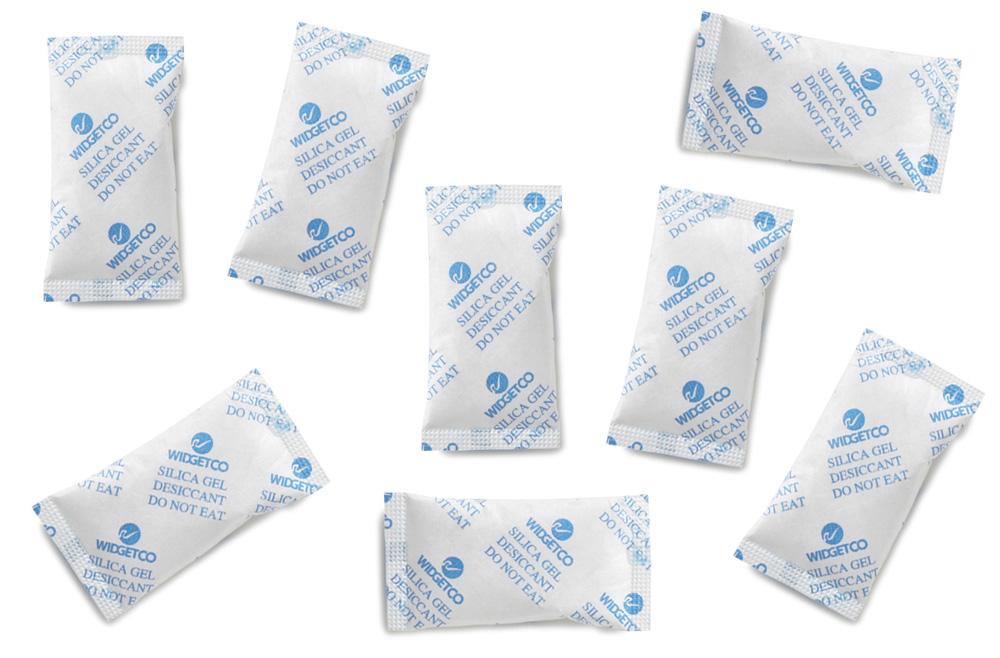

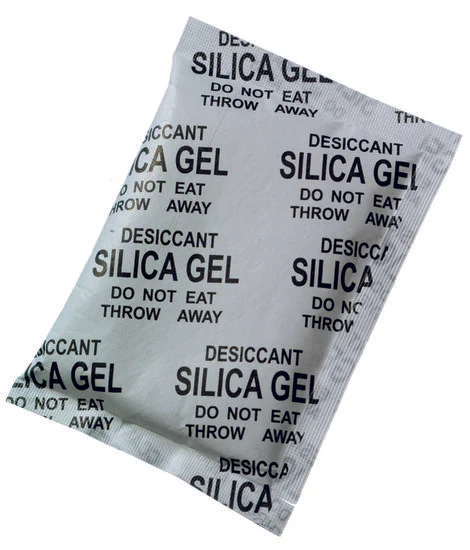
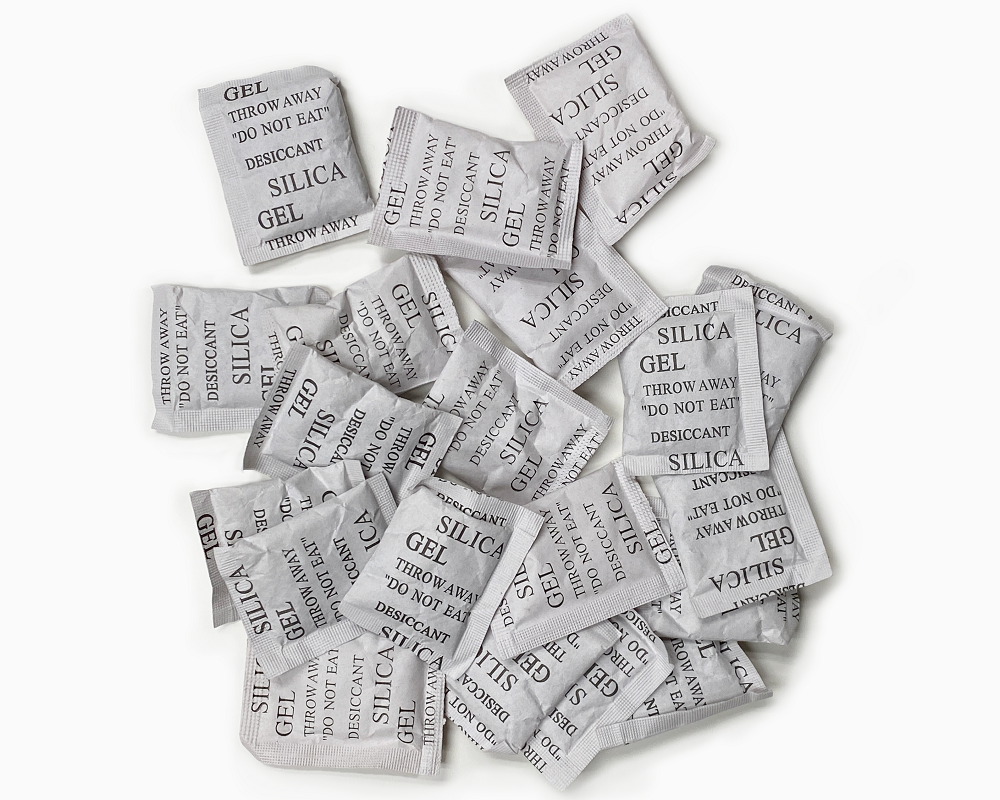
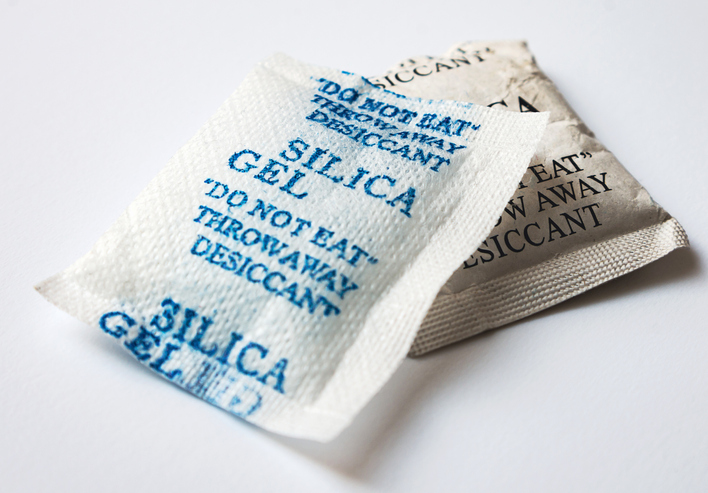

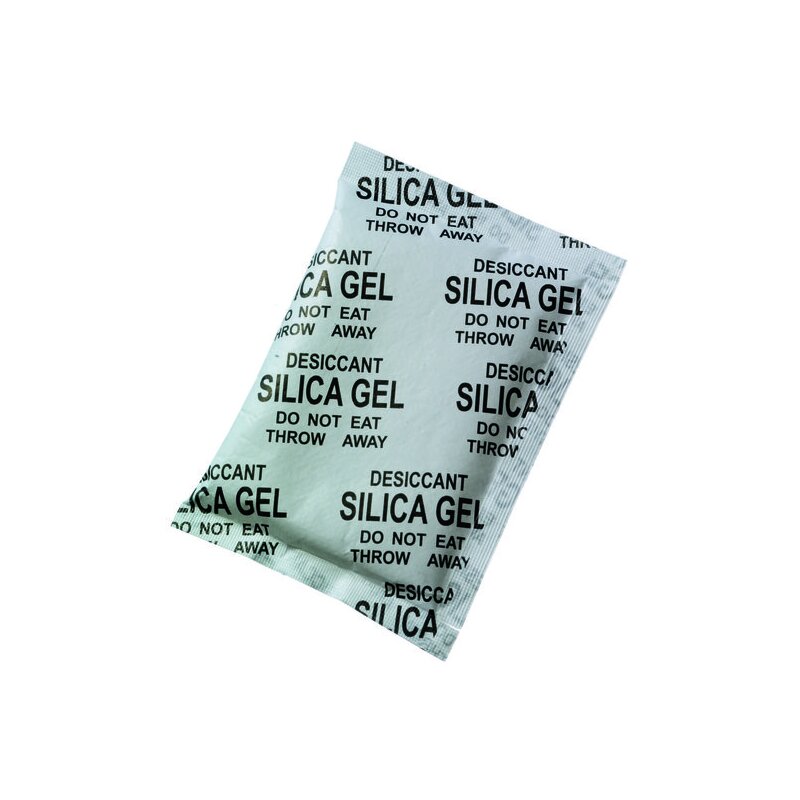
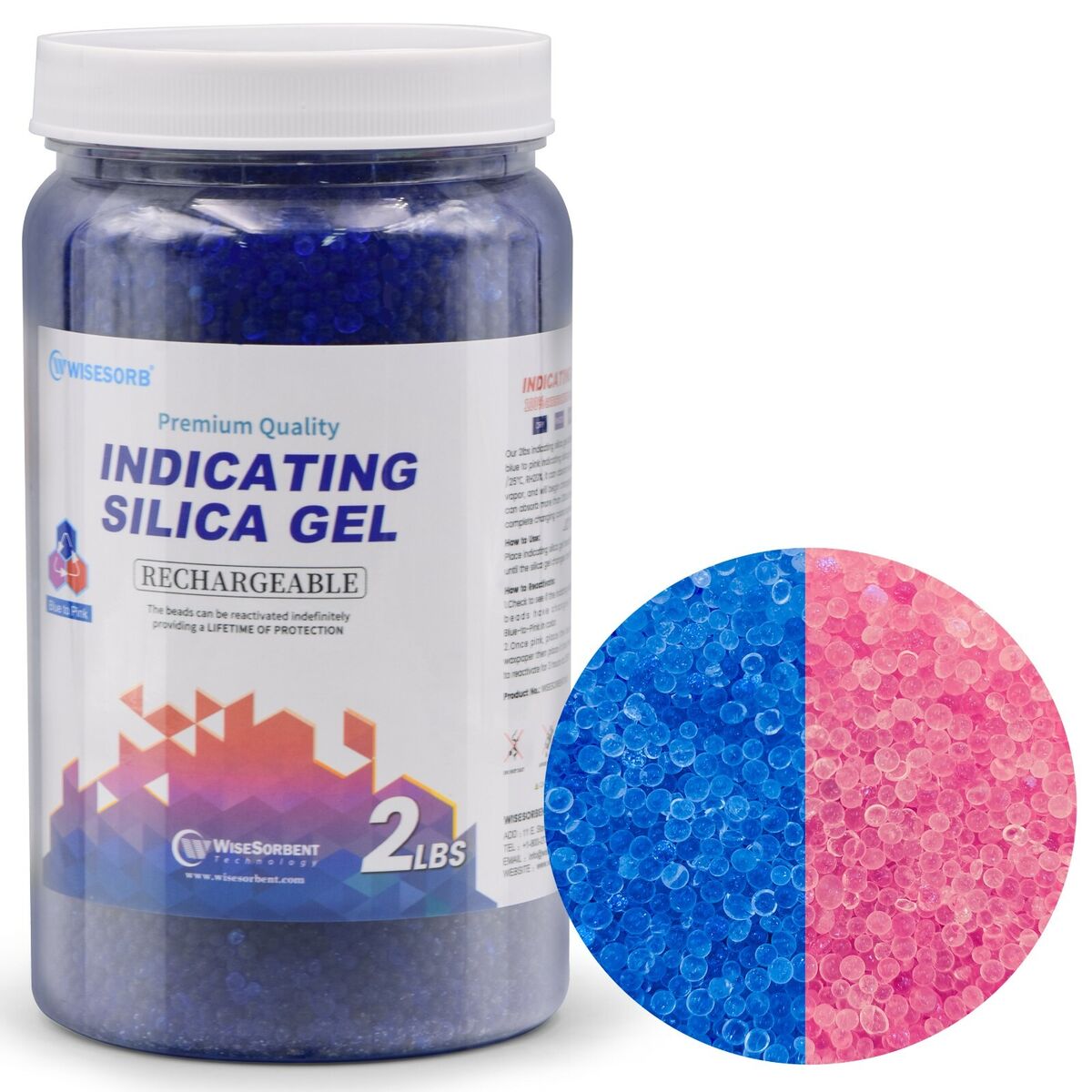
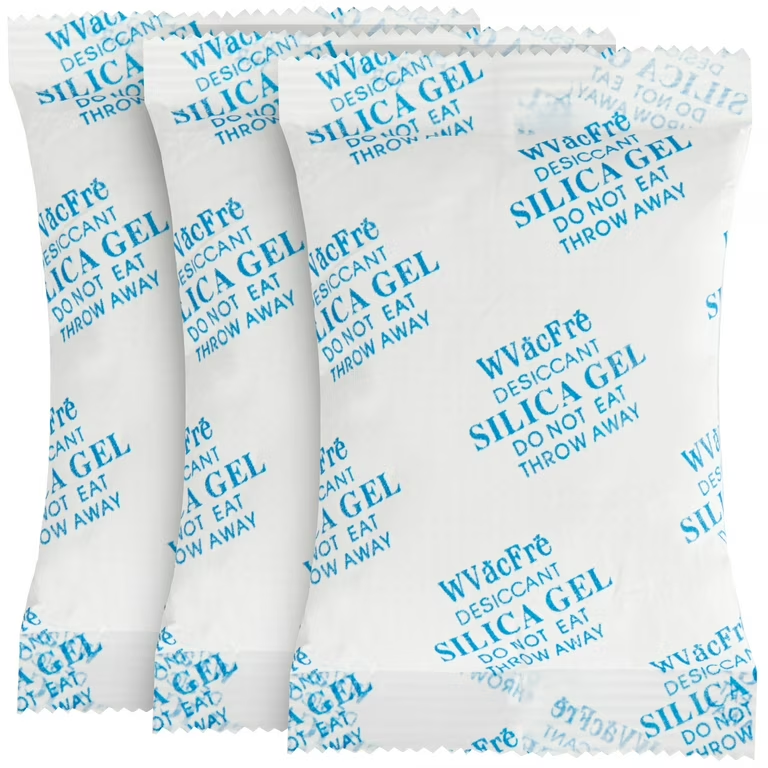
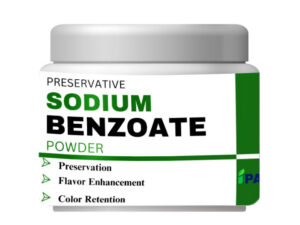



Reviews
There are no reviews yet.